Tag Archives Pulse Producer

Pulse research targets weeds
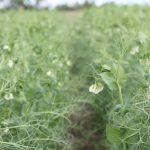
One year of fungicide testing is not reliable
Fungicides normally worthwhile on peas, but not in 2024 when yield boost was insufficient to increase profitability

Herbicide-resistant kochia puts pressure on no-till systems
Kochia populations in Saskatchewan and North Dakota are now resistant to group 14 herbicides, leaving fewer options for Prairie farmers

Small but vital victories mark efforts to combat root rot diseases
What you thought was one disease turns out to be many and “complexes” like these can cause more damage, says plant pathologist

Beating bean yellow mosaic virus
The virus is commonly carried by pea aphids and can quickly transmit between peas, lentils, soybeans and faba beans
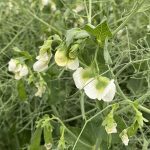
Producers slow to adopt new pulse varieties
SaskPulse recently shared information on varieties fading in popularity, and those gaining traction with growers

Pulse flour research looks bright
University of Manitoba researcher uses light source synchrotron to dissect best pulse flours for various food uses
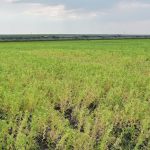
Canola and pulse diseases saw the usual culprits in 2024
Prevalence, incidence and severity numbers must all be taken into account to determine how much worry a disease should prompt
This year’s growing conditions threw many challenges at producers, one of the biggest being crop disease. Pulses and canola were hit hard, seeing high numbers of fields with disease across Saskatchewan. Root rot and blackleg had an average of more than 90 per cent prevalence, while mychosphaerella/ascochyta complex and anthracnose weren’t far behind. Alireza Akhavan, […] Read more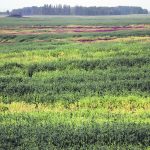
Yield could be boosted based on planting rotation
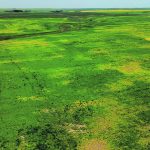
Some peas already root rot resistant
Researchers need to conduct more field testing to determine which varieties have increased resistance to the disease
WINNIPEG — Tests of field pea varieties conducted this summer in plot trials suggest that some commercial varieties have more genetic resistance to root rot than others. It’s not a huge amount of additional resistance, but some are marginally better. “Based on the field results, it doesn’t look like massive differences, but I think there […] Read more


